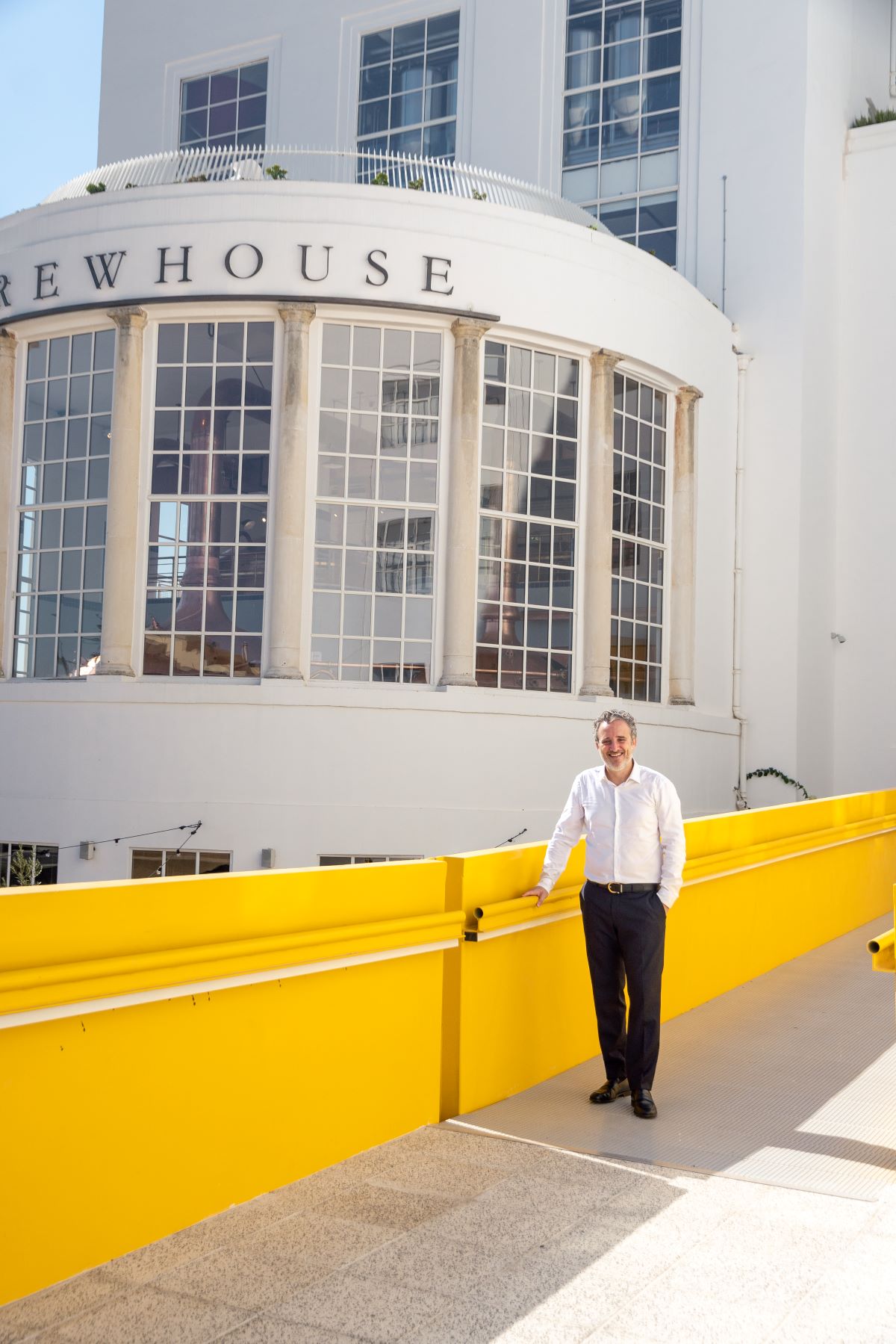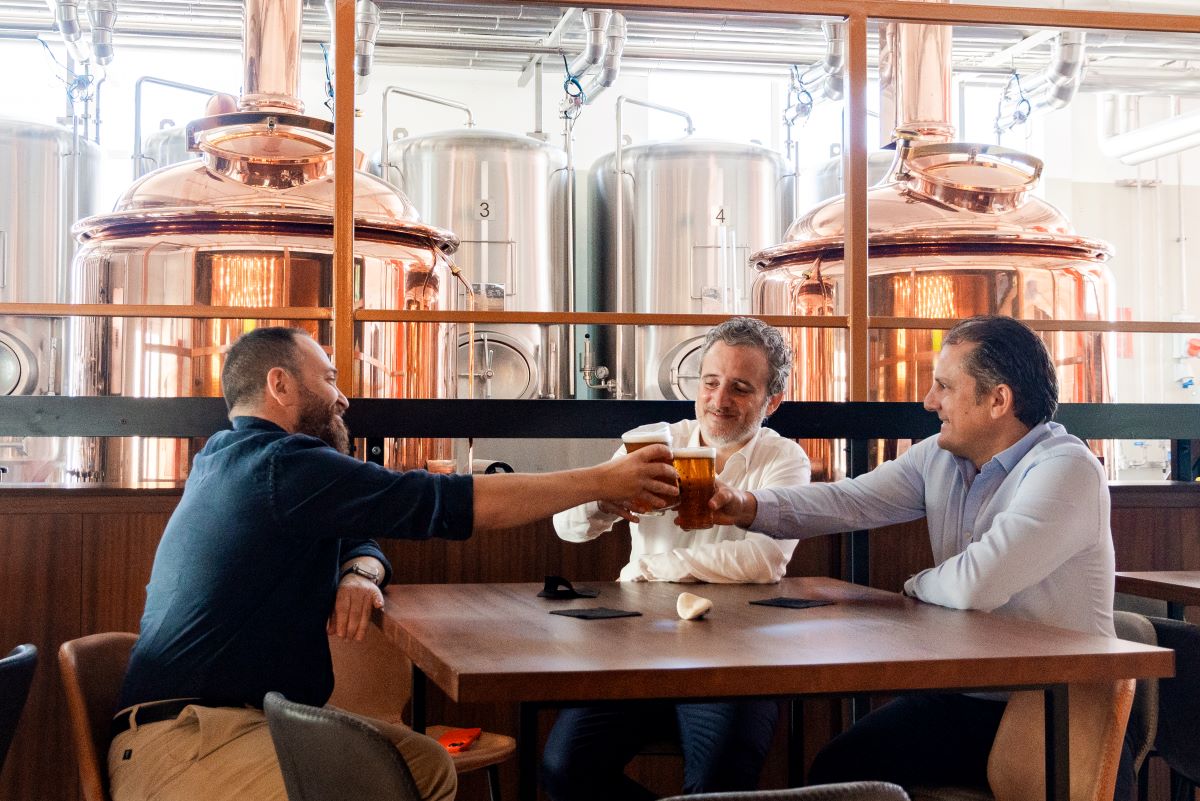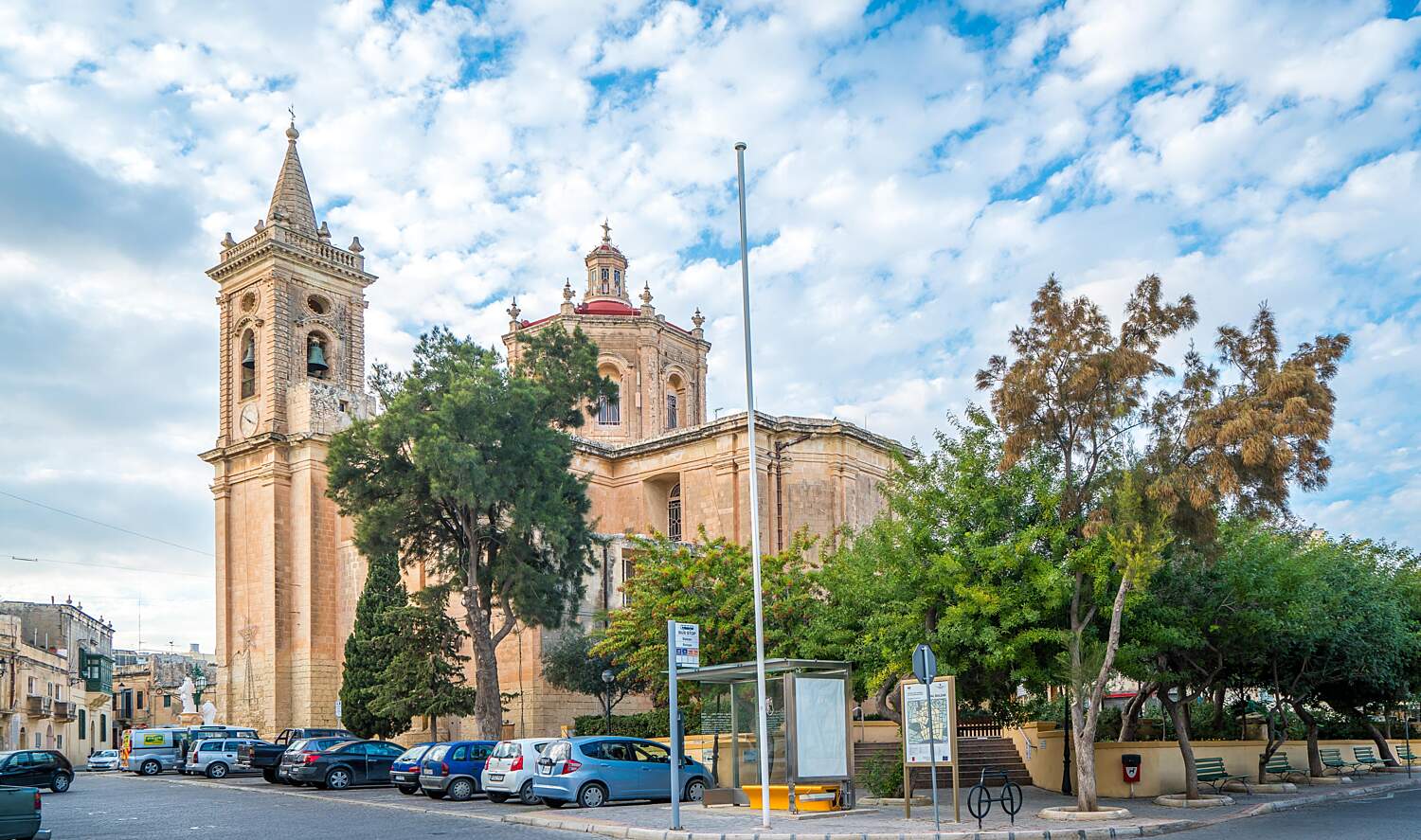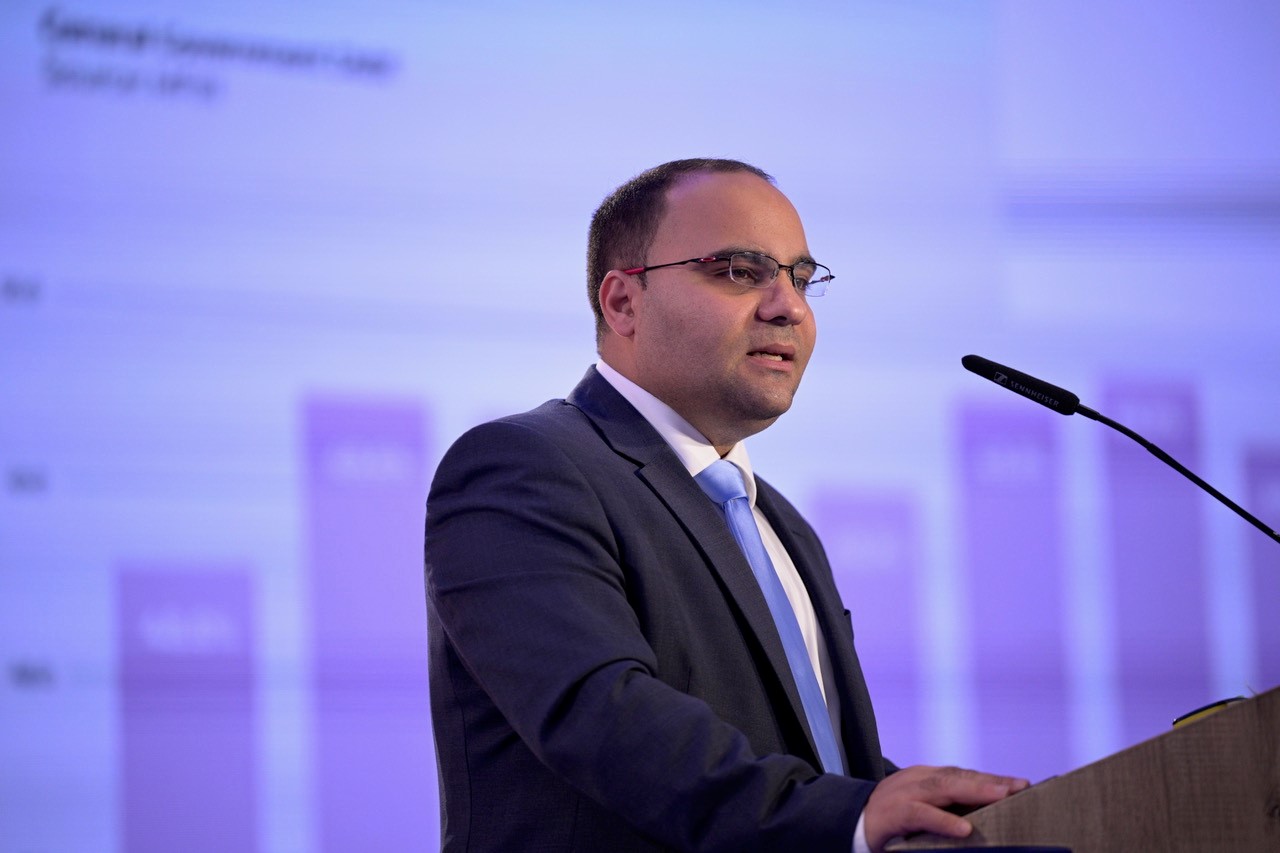Mrieħel is home to two Maltese landmarks: the sun-weathered Wignacourt aqueducts and Farsons’ equally iconic Art Deco brewhouse.
Both stand opposite one another as unique monuments – etched into the island’s collective sense of self and place.
So, when Farsons Group was faced with the question of what to do with its original brewery facility, Farsons Deputy CEO Michael Farrugia says they rightly felt the weight, not just of a generational business legacy, but of the cultural heritage of an entire country fall upon them.

“We knew the importance of this space, both historically and culturally, and knew that we had to respect and preserve the unique architecture and story of this place,” Mr Farrugia says.
To him, the space holds a deep personal connection. After all, it was his grandfather, Lewis V. Farrugia, who had designed and built the original 1950s Art Deco building together with Scottish architect William B. Binnie.
Recently described by celebrated Maltese architect Prof. Richard England as an architectural masterpiece of reinforced concrete, the original industrial building was ahead of its time.
But fast-forward some 70 years from the brewery’s original inauguration and Farsons Group were faced with a dilemma: mothball the ageing building and risk it falling into disrepair and ruin, or venture away from their core business as brewers and regenerate this complex and challenging space.
Once the decision to regenerate the space was taken, there was no turning back.
“Restoring any listed building is going to bring its own set of challenges but converting and reusing an industrial building and brewery certainly added a number of unique challenges that often required complex and creative solutions.”
In the spirit of guardianship of the site, Farsons collaborated with the authorities to ensure it was properly scheduled – endowing it with the protected status it deserves.
Next, Mr Farrugia says the group spent a substantial period of time studying the options before engaging with designers and architects – securing world-leading talent along the way.
A new property investment company, Trident Estates plc, was spun off to develop and manage what was the original bottling and distribution section of the brewery.
From this sprung Trident Park, a state-of-the-art green business campus that is today home to a curated community of dozens of businesses.
Creating a showcase of the original brewery
However, Mr Farrugia says Farsons Group retained ownership of the iconic brewhouse, which still housed all the original brewing equipment, including the original copper brewing vessels.
Today, the industrialist equipment has been thoughtfully restored and incorporated into the renewal of the space as a stunning mixed-use business destination.
“Farsons retained the old brewhouse because it remained so closely tied to our identity and brewing heritage,” he says.

Mr Farrugia says that “right from the start” the group knew this site was going to be its new flagship – a place to act as a glittering new show cabinet for its beers, its brands, and its legacy.
The brewery’s original fermentation chambers, for instance, have been transformed into The Vats, a new creative co-working space, managed by creative agency BRND WGN.
Inspired by the finest breweries around the world, Mr Farrugia says the group set out to create a captivating visitor experience of its own, which, through the work of its own curator Martin Spiteri, today tells the story of Simonds Farsons Cisk through the decades.
Mr Farrugia says this unique experience is the first example of industrial tourism in Malta and is complemented by a new brand store with the first-ever Farsons merchandise and memorabilia.
As with all great brewery experiences, the visit ends with a freshly pulled pint at a new rooftop bar with panoramic views of the island.
The Cisk Tap is a beautifully finished contemporary space that has become a staple watering hole for tenants of The Brewhouse and Trident Park, as well as other patrons alike.
The Brewhouse is also home to another special project for Farsons – its first microbrewery. Mr Farrugia says that this had long been on the cards for Malta’s largest brewing operation, but they had been forced to hold off on previous plans.
“We wanted a place to act as an incubator and test kitchen to experiment and create new brews – a place where we could be innovative and let our creativity really flow,” Mr Farrugia says.
Again, the group thought about how best to manage this new venture procuring a state-of-the-art microbrewery to showcase its move to craft beer.
Named The Red Mill Brewing Company, after the original and fully restored milling machine located next to the microbrewery, the group appointed a Master Brewer to run and manage the new craft microbrewery.
Today, the microbrewery’s 500-litre copper-clad kettles are turning out several innovative new brews which are pumped directly to taps at The Chapels Brewpub, which houses a one-of-a-kind large beer garden roof terrace.
The Chapels is also a nod to Farsons’ brewing heritage – named after the two cooling rooms which once housed large open pool shallow copper dishes holding 2,400 gallons of hot ‘wort’ (freshly boiled unfermented beer) each.
These distinctive twin rooms were nicknamed ‘The Chapels’ because of their gothic-style bell-vaulted ceilings that were used to cool off the hot, boiled beer as part of the brewing process.
Similarly, the original brewery’s massive copper vessels also became a special project.
Today, the dramatic industrial installations are the centrepiece of The Brewhouse’s own restaurant The Kettles.

Finally, Mr Farrugia says The Brewhouse is also home to two adaptable multi-use spaces; a conference room known as the Redler Room and a multi-purpose space called The Grist, which offers unique opportunities for hosting a variety of events.
“What we aimed to do was open up our brewery to the community and create an inspiring set of spaces and experiences, while celebrating our heritage, story and brands,” Mr Farrugia says.
Today, the water might have stopped flowing through Wignacourt’s aqueducts, and the original 1950s Farsons brewery might also no longer foam and froth with its iconic lagers and ales.
But those ancient arches of Maltese stone still stand, and across the road, through thoughtful and heartfelt conservation and regeneration, Mr Farrugia says The Brewhouse has ensured that the Farsons’ legacy will also endure for future generations to come.
Two years since its birth, Moneybase features on Microsoft’s Customer Stories
Moneybase has now just been featured on Microsoft’s latest Customer Stories
Finance Minister confirms continuity of food and energy subsidies
Spending on food and energy subsidies as a percentage of the GDP will be at 0.7% in 2025
MHRA congratulates Glenn Micallef on EU role, highlights positive impact on Malta’s tourism and cultural sectors
The lobby group emphasised that Malta’s cultural assets and sports scene are key factors in attracting visitors and fostering economic ...






